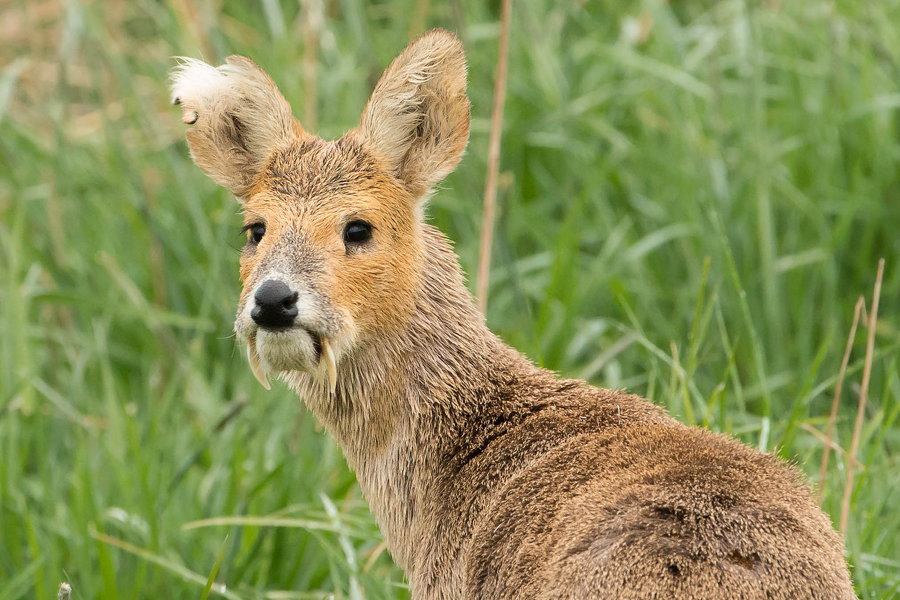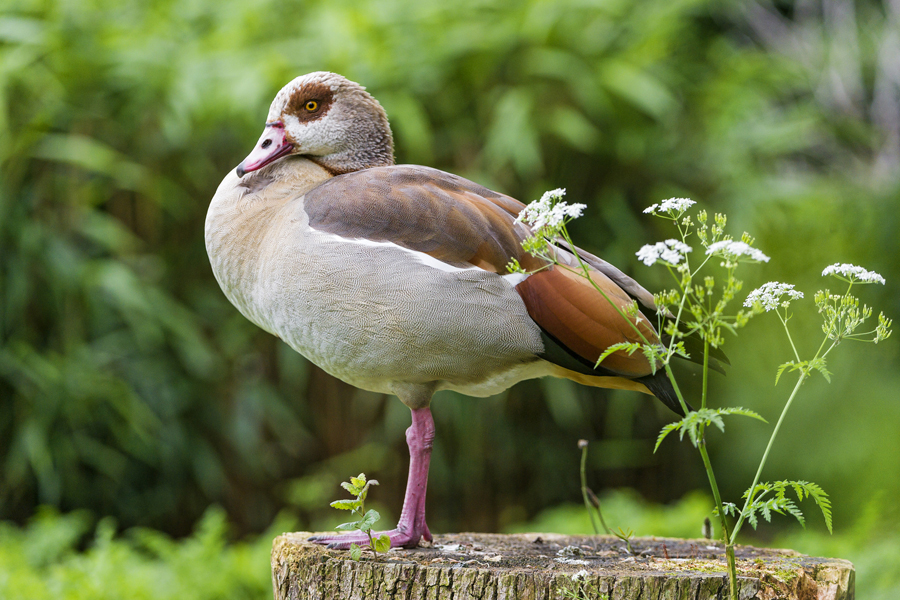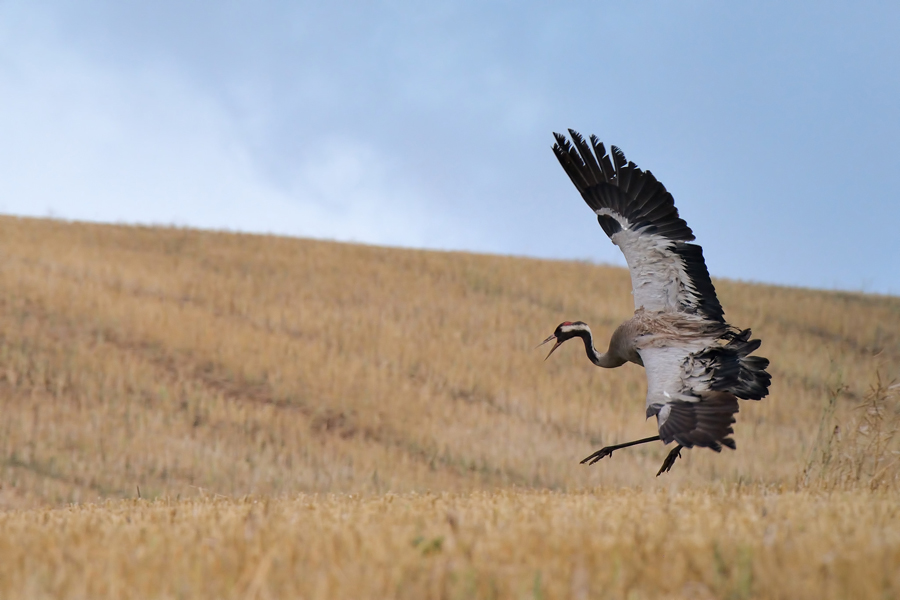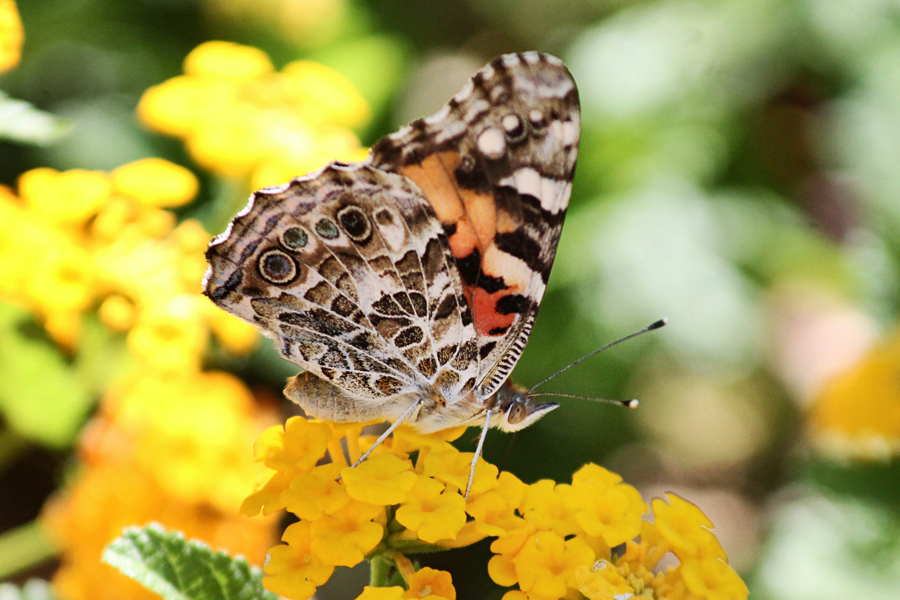

The Broads National Park is a quintessential image of rural England. There are thatched cottages, and glittering rivers and life jackets worn over Breton jumpers. But scratch the surface of the many ‘wind in the willows-esque’ animals which frequent the park and you will be sure to discover wildlife as unexpectedly exotic as the Sumatran Tiger lurking at local Thrigby Hall… Welcome to the exotic beasties of the Broads National Park!

The Chinese Water Deer is easily one of the most unusual looking creatures in the Broads. They’re a small variety of deer with teddy bear-style round ears and quite unusually… tusks! As their name suggests they are from China but despite their namesake they are now more numerous in the Broads National Park than they are in China where they are becoming an increasingly vulnerable species.
You can expect to find them throughout the Broads, hiding away in the fens and coming out to feed during the night. Keep an eye out for them at dusk especially at one of the many nature reserves in the park.

The Egyptian Goose was a big hit with wealthy Norfolk landowners of the 19th and 20th centuries when their exoticism made them a popular sight on private lakes and ponds, but as these foreign geese escaped into the Broads they found that the habitat suited them well and they can now be found thriving up and down the Broads river systems. There's even a resident couple near the Riverside area of the River Wensum in Norwich!

The Common Crane was once (as its name suggests) quite common in Great Britain, but in the 1600s they were hunted to near extinction in the UK. Up until very recently the crane was more likely to be associated with Asia with its languorous silhouette conjuring images of oriental wallpapers. But with appropriate management in the Broads National Park their habitats have increased and crane breeding programmes have been a success, and so hopefully they will become a common sight again in the future.
Pensthorpe Natural Park has a resident flock but if you want to spot them out in the wild keep an eye out at areas such as Hickling Broad or the coastal areas of the Broads National Park.

The Painted Lady butterfly might look like a traditional British butterfly, but when you see them clustered around a buddleia in the Broads spare a thought for the monumental journey these amazing invertebrates make every year. The painted lady migrates all the way from North Africa, the Middle East and Central Asia making them one of the most well-travelled butterfly species.
Migrant Painted Ladies can be found across the Broads, Norfolk and Suffolk during May and June. Some of these may breed leading to another generation later on in the year.
So next time you come to the ‘quintessentially English’ Broads remember that much of what you’re seeing is actually a magical mix of the local and the exotic, from the escapees of local manor houses to the returnees from local breeding programmes. The Broads National Park is a rich and vibrant tapestry of migratory species which cause the environment to evolve monthly, meaning that the Broads National Park is not only the perfect location to see a diverse collection of wildlife but also the perfect environment to return to again and again, discovering something new every time!